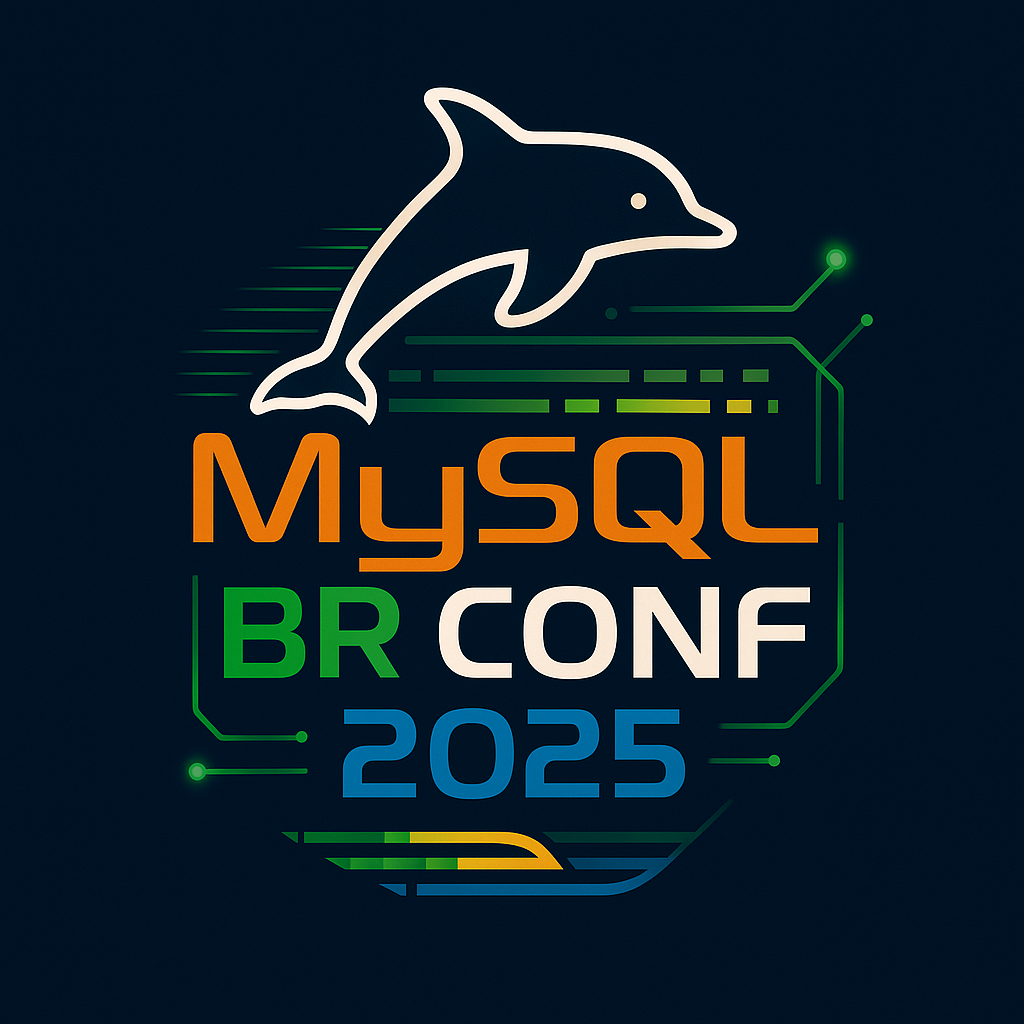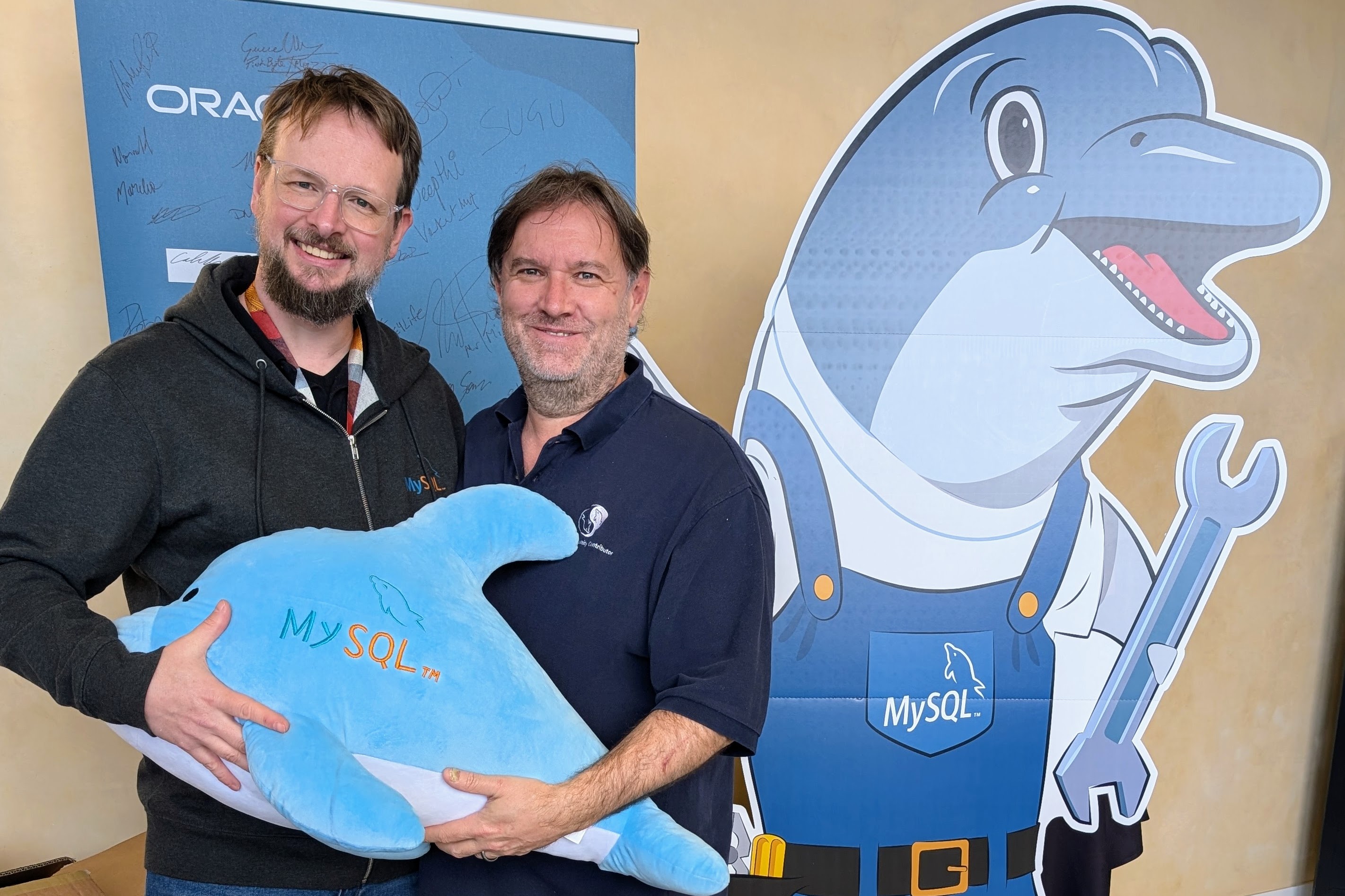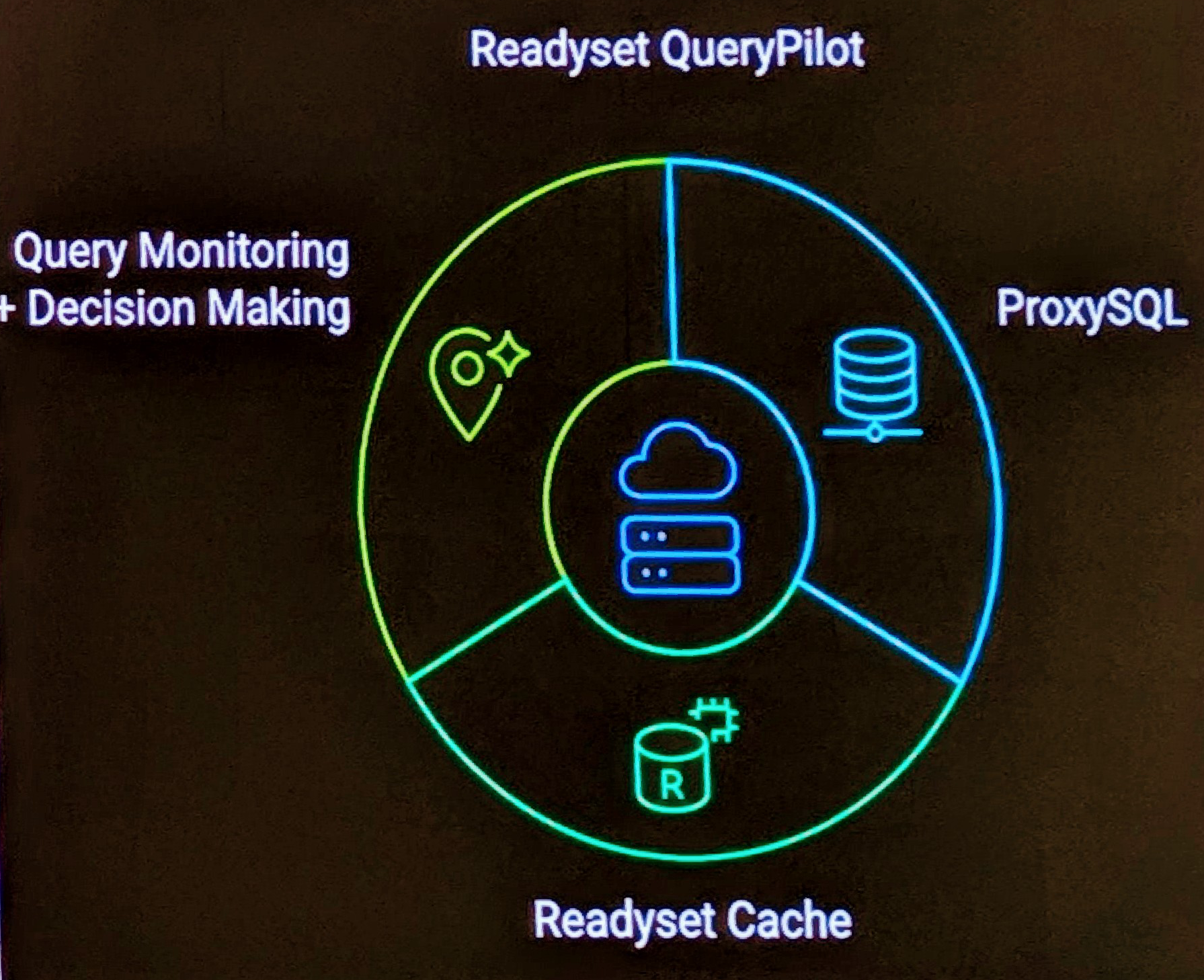In his article What Is Web 2.0 – Design Patterns and Business Models for the Next Generation of Software Tim O’Reilly gives a very detailed description of these seven principles.
- The Web As Platform
- Harnessing Collective Intelligence
- Data is the Next Intel Inside
- End of the Software Release Cycle
- Lightweight Programming Models
- Software Above the Level of a Single Device
- Rich User Experiences
Core Competencies of Web 2.0 Companies
In exploring the seven principles above, we’ve highlighted some of the principal features of Web 2.0. Each of the examples we’ve explored demonstrates one or more of those key principles, but may miss others. Let’s close, therefore, by summarizing what we believe to be the core competencies of Web 2.0 companies:
- Services, not packaged software, with cost-effective scalability
- Control over unique, hard-to-recreate data sources that get richer as more people use them
- Trusting users as co-developers
- Harnessing collective intelligence
- Leveraging the long tail through customer self-service
- Software above the level of a single device
- Lightweight user interfaces, development models, AND business models
The next time a company claims that it’s “Web 2.0,” test their features against the list above. The more points they score, the more they are worthy of the name. Remember, though, that excellence in one area may be more telling than some small steps in all seven.
Some of the information provided is very interesting, I will be waiting with interest to see if this term “Web 2.0″ becomes something, or not.


